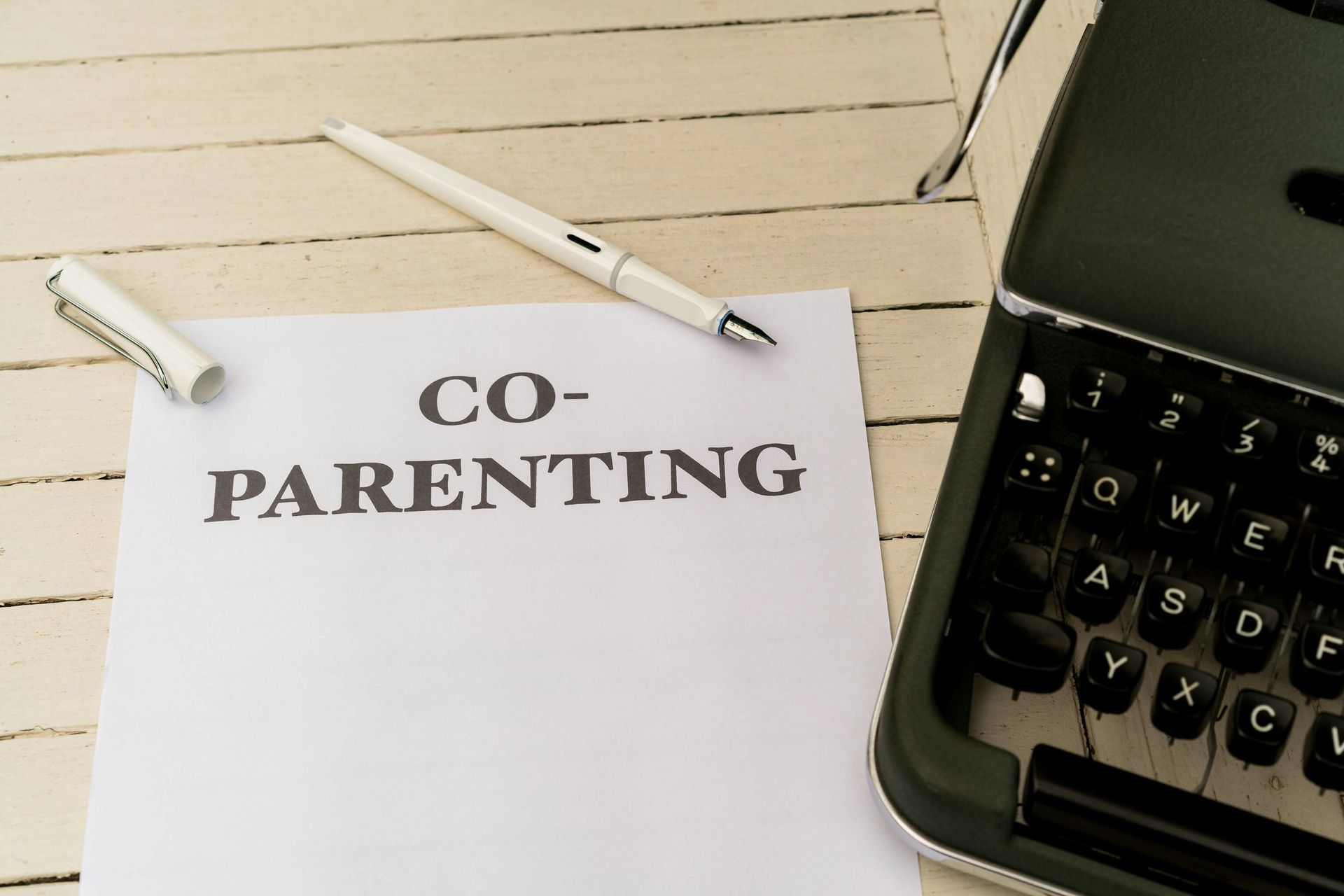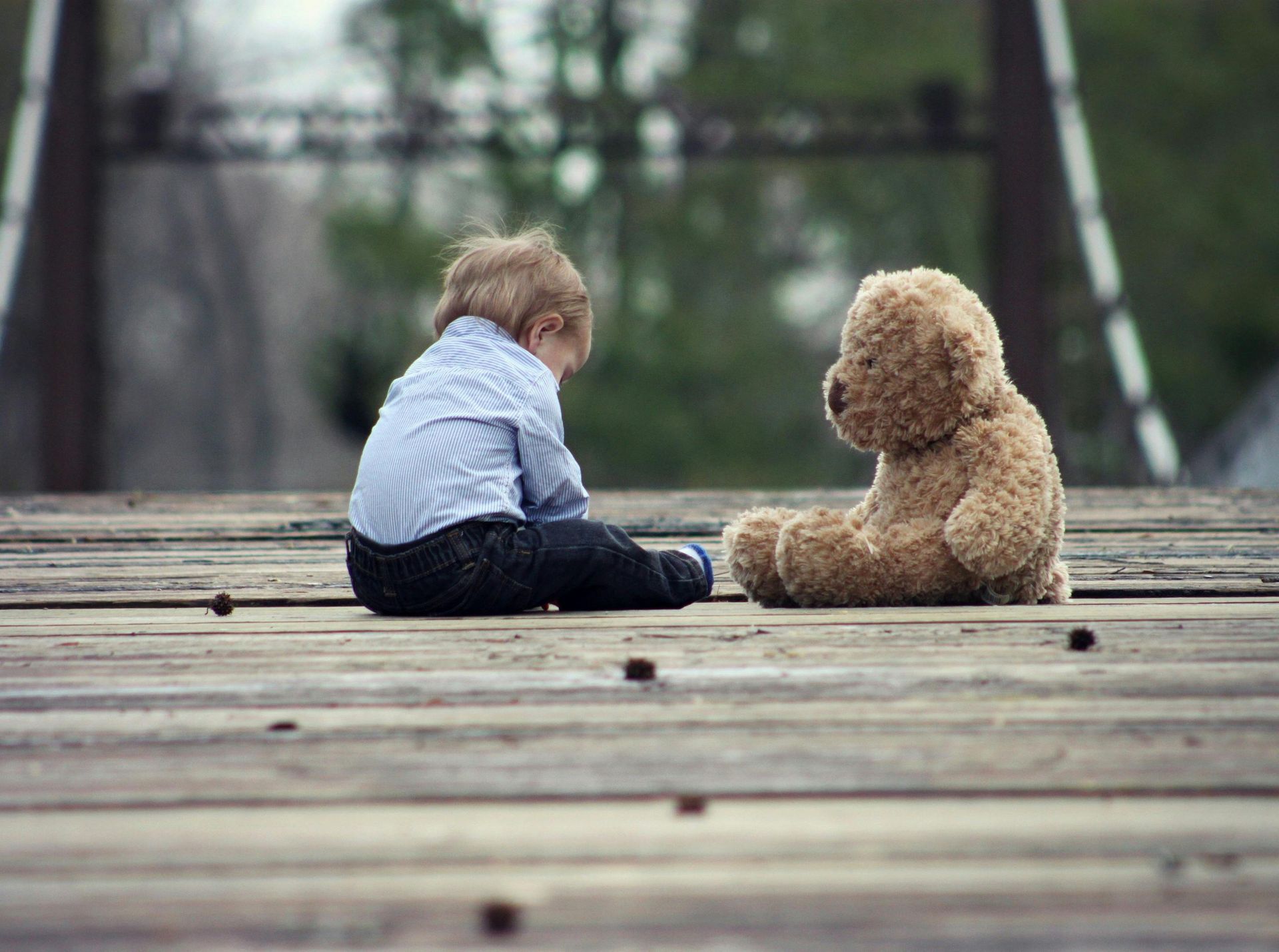Substance Abuse at Home and Its Effects on Children: A Hidden Crisis
Substance abuse is a serious issue that affects not only the individual using drugs or alcohol but also their entire family—especially children. When a parent or caregiver struggles with addiction, the home environment can become unstable, unsafe, and emotionally damaging. Children who grow up in these circumstances often experience long-term physical, emotional, and psychological effects that can carry over into adulthood.
In this blog, we’ll explore the far-reaching consequences of substance abuse at home and how it can affect a child’s development, behavior, mental health, and future relationships. We’ll also look at signs to watch for, and how intervention and support can make a difference in a child’s life.
---
The Unseen Victims: Children in Substance-Affected Homes
Children are often referred to as the "unseen victims" of addiction. While the attention is typically placed on the person struggling with substance use, children in the household are often left to cope with the chaos and emotional neglect on their own. They are forced to navigate an unpredictable world—sometimes becoming caretakers, sometimes becoming invisible.
Even if the parent doesn’t outwardly harm the child, substance abuse creates an environment filled with anxiety, fear, confusion, and often shame. Children may not fully understand what’s happening, but they feel the effects deeply.
---
Emotional and Psychological Effects
1. Anxiety and Fear: A home where substance abuse is present is often unpredictable. Children may never know what mood their parent will be in or if there will be violence or emotional outbursts. This leads to chronic anxiety and fear, which can affect sleep, concentration, and overall mental well-being.
2. Low Self-Esteem: Children may blame themselves for a parent’s addiction or believe that they are unlovable or unworthy of care. Constant exposure to neglect or criticism can shatter their self-confidence and make it difficult for them to form a healthy self-image.
3. Depression and Loneliness: Many children in these environments feel isolated and different from their peers. They may avoid bringing friends home or talking about their family life. This can result in feelings of deep sadness, loneliness, and even depression.
4. Shame and Guilt: Even if children know they are not at fault, they often carry guilt over their family situation.
They may feel embarrassed to talk about their home life and keep secrets to protect their parents or siblings.
---
Behavioral and Developmental Consequences
1. Academic Struggles: Unstable home environments can make it hard for children to focus in school or complete homework. They may miss classes, fall behind academically, or act out in the classroom. Lack of sleep, hunger, or emotional stress further compounds these issues.
2. Aggression or Withdrawal: Children may become aggressive, mimicking the behaviors they see at home, or withdraw completely from social interaction. Some children become overly responsible—taking care of siblings or trying to “fix” the situation—while others rebel and engage in risky behavior.
3. Delayed Development: Especially for younger children, constant exposure to trauma can delay emotional, cognitive, and social development. Language delays, trouble forming attachments, and difficulty regulating emotions are common.
4. Increased Risk of Substance Use Later in Life: Research consistently shows that children of parents who struggle with addiction are significantly more likely to develop substance use disorders themselves. Growing up in an environment where substance abuse is normalized or used to cope with stress can create a dangerous cycle that repeats across generations.
---
The Impact of Domestic Violence and Neglect
In many homes where substance abuse is present, domestic violence or neglect is also a factor. Children may witness physical fights, be subjected to emotional abuse, or suffer from physical neglect such as lack of food, clean clothing, or medical care. These traumatic experiences have long-lasting effects on the brain and emotional development.
Adverse Childhood Experiences (ACEs), such as living with a parent who has a substance use disorder, are strongly linked to negative health outcomes later in life, including mental illness, heart disease, and even a shorter lifespan.
---
Coping Mechanisms and Survival Strategies
Children in homes affected by substance abuse often develop coping mechanisms to survive. These may include:
· Becoming a caregiver: Taking on adult responsibilities like cooking, cleaning, or caring for younger siblings.
· Emotional numbing: Shutting down emotionally to avoid feeling pain.
· Perfectionism: Trying to do everything “right” in hopes of preventing conflict.
· Escapism: Turning to fantasy, books, video games, or substance use themselves to escape reality.
While these strategies may help in the short term, they can hinder emotional growth and lead to challenges in forming healthy relationships in adulthood.
---
Signs a Child May Be Living with Parental Substance Abuse
Adults—whether teachers, doctors, family members, or neighbors—can play a crucial role in identifying children at risk. Some warning signs include:
· Frequent absences from school or daycare
· Poor hygiene or clothing inappropriate for the weather
· Unexplained injuries or signs of neglect
· Extreme behavior (withdrawn, aggressive, overly compliant)
· Trouble concentrating or falling asleep
· Expressions of fear or anxiety about going home
---
Breaking the Cycle: Support and Intervention
The good news is that children are resilient—and with the right support, they can recover from the trauma of growing up in a substance-affected home.
1. Counseling and Therapy: Professional therapy, including trauma-informed care and play therapy, can help children process their emotions, develop healthy coping mechanisms, and build trust in safe adults.
2. Supportive Relationships: Even one stable and loving relationship—whether with a grandparent, teacher, coach, or counselor—can make a significant difference in a child’s life. Consistent support builds a sense of safety and belonging.
3. Education and Prevention Programs: Schools and community organizations can provide education about addiction and teach children skills to manage emotions, resolve conflict, and seek help when needed.
4. Involvement of Child Protective Services (CPS): In cases of severe neglect or abuse, intervention from CPS or social services may be necessary to remove the child from harm and ensure their safety.
---
Final Thoughts
Substance abuse doesn’t just impact the person using drugs or alcohol—it impacts the entire family, and the youngest members are often the ones who suffer in silence. Children growing up in homes affected by addiction face a unique set of emotional, developmental, and psychological challenges that can shape their entire lives.
By recognizing the signs, advocating for these children, and providing them with the support they need, we can break the cycle of addiction and help them build healthier, brighter futures. Every child deserves a safe and loving home—no matter their circumstances.
---
If you or someone you know is struggling with substance abuse, there are resources available. Early intervention saves lives—not just for the person using, but for every child who loves them.
More Family Law Blogs
by Anne Harvey









